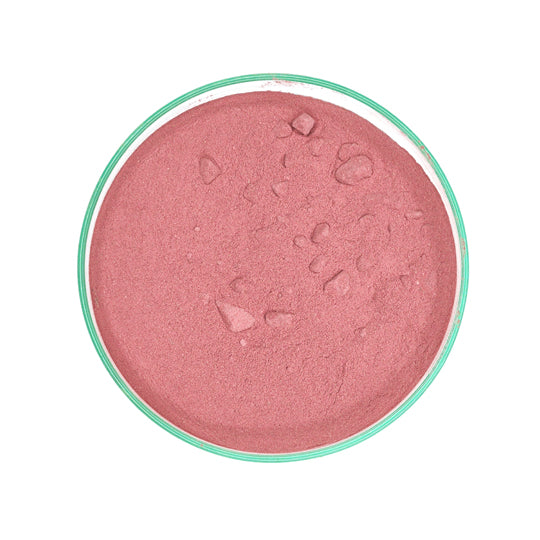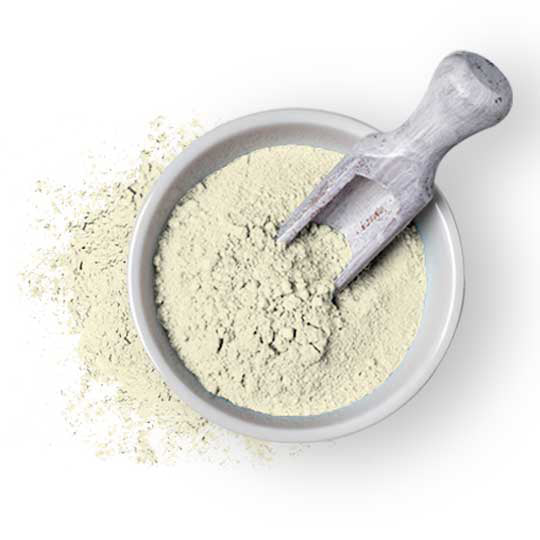We are used to looking at soaps that appear bold and vibrant. Getting such hues for soaps are not possible without using artificial colorants. However, these artificial dyes or colorants may not be healthy for the skin. To avoid any harsh effects, you should be making soaps with natural hues or colors.

Using natural or organic colors for coloring soaps has two benefits. Firstly, they are completely skin-friendly and healthy. Secondly, they might possess additional exfoliating and soothing properties that might actually be beneficial for your skin. Today, we will be going through several natural ingredients that can be used to color soaps. Naturally, color soaps are far better than soaps that are color using artificial dyes. We will also be examining the process of coloring soaps organically. So let’s get started!
How To Naturally Color Soap?
You can utilize several organic ingredients to color soaps naturally. These natural colors can be obtained from flowers, fruits, and other parts of plans. The natural powder obtained from roots, leaves, and flowers can also act as a natural color.
However, natural colorways usually give subtle and light color to your soaps as opposed to the bright and bold shades offered by synthetic pigments. Here is the natural colorant list that can be used as color for homemade melt & pour soaps:
Dried Flowers Natural Soap Colorant
Dried flower petals have natural colours that can be utilized for coloring soaps naturally. Floral petals of different colors allow you to add shades of your choice to your soaps. Here are the three natural colorants that can be used as soap colorants:

1. Dried Hibiscus Flower - Dried Hibiscus Flowers can be used to add a pinkish purple shade to the soaps. Apart from coloring, they also add a unique texture to your soaps and enhance their exfoliating properties. Moreover, they are also anti-inflammatory in nature which soothes your skin and helps treat skin irritation and rashes.
2. Dried Rose Flower - Dried Rose Flowers can be used to add red, pink, purple, yellow, and other shades to your soaps. As roses are available in different colours, you can choose the rose as per the colour you prefer for your soaps. They add a unique aroma to your soaps and also help alleviate the mood. Moreover, they are also anti-inflammatory and antibacterial in nature which contributes to keeping your skin healthy.
3. Dried Lavender Flower - Dried Lavender Flower can add a bluish to purplish shade to your soaps. Apart from being a great natural colorant, it also possesses anti-inflammatory and bactericidal properties. It relaxes your mind and also increases the exfoliating properties of your soap. Dried Lavender Flower also adds a special texture to your luxury soaps.
Herbal Powder To Color Soap Naturally
Dried herbal powders are a great source of natural colors. Like floral petals, these organic powders prove to be excellent for your skin. They help treat various skin issues and also increase their exfoliating properties. Removing dead skin cells and other impurities, make your skin fresh and energetic. Here are the three natural powders that you can use for coloring soaps:

1. Orange Peel Powder - Obtained from orange peels, Orange Peel Powder gives an orangish shade to your soaps. This Natural orange color for soap is excellent for exfoliating dead skin and impurities from the face and also possesses skin lightening properties. You can use it in your soaps meant for healing dry skin and it also proves to be helpful against pimples and pigmentation.
2. Shikakai Powder - If you like to give a brownish rustic look to your soaps, add Shikakai Powder as a soap colorant. By using shikakai power you will get natural brown soap color. Apart from coloring soaps, it also enhances their foaming properties. Therefore, it proves to be a great skin cleanser and also heals fine lines and wrinkles to give your face a smooth and youthful appearance.
3. Amba Haldi Powder - Amba Haldi Powder gives a bright yellow color to your soaps. Being a skin-lightening agent, it improves your complexion. It is also known to be a rich source of antioxidants that keep your skin healthy and youthful. Moreover, the soaps made by using Amba Haldi Powder can also prove to be excellent for cleansing the scalp. It also aids in dark spot removal and preventing acne formation.

Clays Natural Soap Colorant List
Natural clay powders are known for their cleansing properties. However, little is known about their use as a soap colorant. Clay soap colorants are the best way to color your soap. If you want to give deeper and darker shades to your soaps, using natural clay powders can be beneficial. They also possess hydrating and exfoliating properties that make them useful against several skin issues. Here are the top three natural clay powders that can be integrated in the soap making process as organic colorants:
1. French Pink Clay - If you want to add a subtle pink color to your soaps, French Pink Clay can be a good option. It is a mineral-rich cleanser that eliminates the impurities without being harsh on your skin. It detoxifies your skin and gives a healthy glow to it. Moreover, it also makes your skin soft by nourishing it deeply and makes it smooth by tightening the skin pores.
2. Brazilian Yellow Clay - Brazilian Yellow Clay gives an earthy yellow hue to your soaps. It also rejuvenates your skin by improving blood flow to the skin cells. It soothes the skin because of its anti-inflammatory effects and also proves to be ideal for cleansing skin and hair. Moreover, Brazilian Yellow Clay also eases stiff muscles and skin and provides relief from pain and irritation.
3. Cambrian Blue Clay - If an earthy light blue hue is to be given to the soaps, Cambrian Blue Clay can be the perfect option. It nourishes the skin and heals acne, blemishes, and pimples naturally. Also, a nice and healthy glow to your skin can be added by using it in your soaps. It gives an elegant appearance and texture to your soaps which makes it ideal for making luxury soaps.
Soap Making Process with Natural Color
Now that you know which natural ways can be used for coloring soaps, it's time to get acquainted with the entire soap-making process with natural hues. So let’s get started without wasting any time!

Ingredients Required To Color Soap Naturally:
- Transparent Melt & Pour Soap Base - (as per the quantity of soap you want to make)
- Dried Hibiscus Flowers - 2 tbsp. per soap
- Coconut Carrier Oil - 1 tbsp. per soap
- Hibiscus essential oil - 1 to 2 drops per soap
Naturally Coloring Soap Recipe
- Melt the soap base after cutting it into smaller chunks. You can use a microwave or a double boiler for this process.
- Once the soap reaches up to 100-degree Celsius, add coconut carrier oil in it. Mix the contents well until they blend properly. Now add Hibiscus flower petals and Hibiscus essential oil to the mixture.
- Pour the mixture into a soap mold and let it cure for a couple of days before using it.
Conclusion
We hope that you liked our soap making recipe and soap coloring ingredients. For using dried flower petals as soap colors, you can dry the flowers by yourself and shred the petals into small pieces afterward. Natural clay, herbal, and fruit powders are easily available in the offline and online markets these days.
Therefore, you must not face any issues while finding them. However, you must get the natural soap hues only from trusted and authentic sources. We hope that you enjoy the soap making process by using natural soap colors!.













 Sign in
Sign in Register now
Register now My Reward Points
My Reward Points









